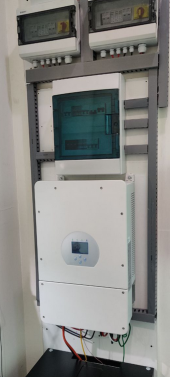robby
Photon Vampire
- Joined
- May 1, 2021
- Messages
- 4,199
I found this company that offers a realtime monitoring solution for the DEYE line of inverters.
It may work with the SOL-ARK.
https://solar-assistant.io/
It may work with the SOL-ARK.
https://solar-assistant.io/






